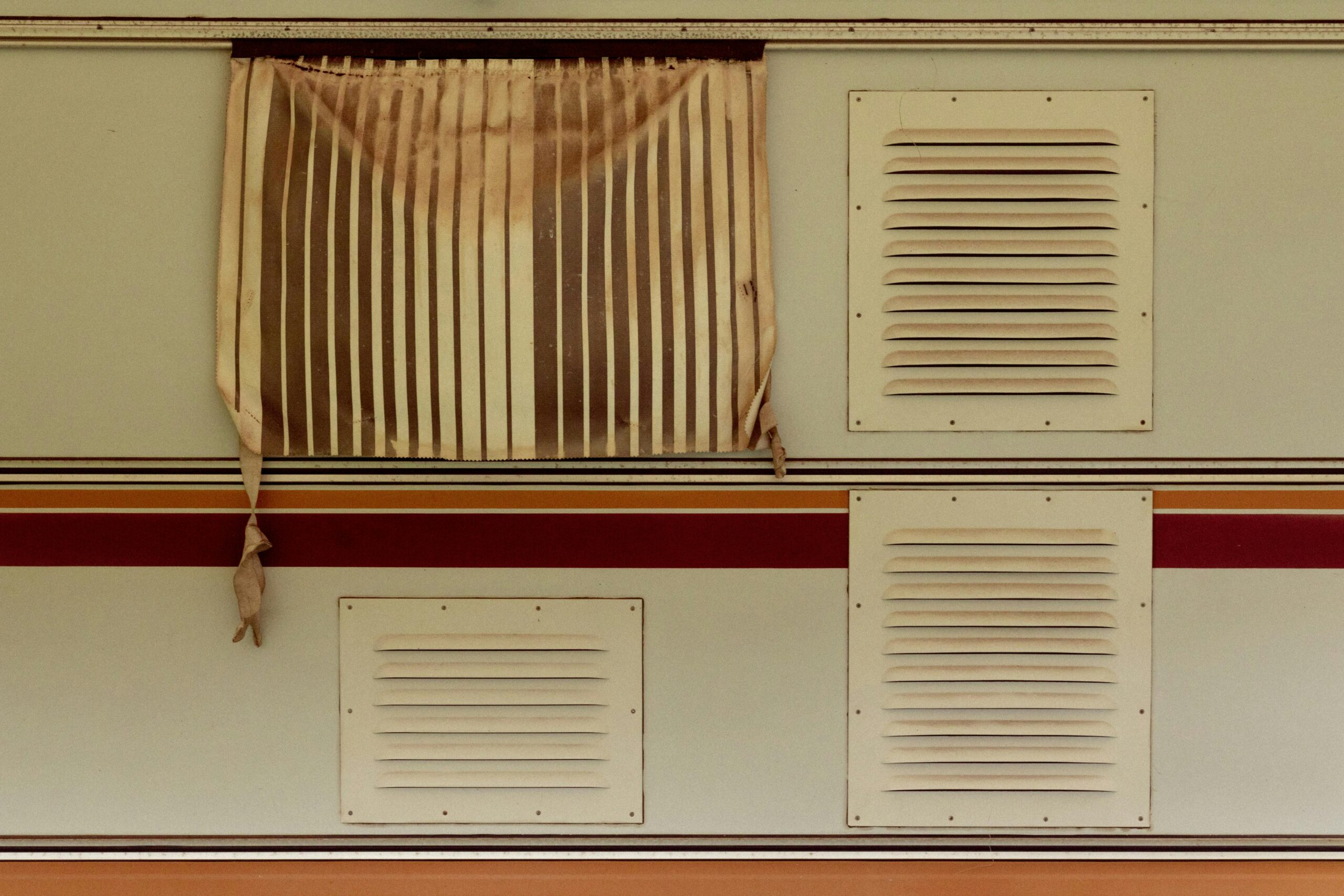TL;DR:
- True vents: Vertical pipes to the roof for sewer gas expulsion; stabilize atmospheric pressure.
- Air Admittance Valves (AAVs): Allow air to enter without roof penetration; effective in limited access areas.
- Common vents: Shared by multiple fixtures, reduce material use and simplify plumbing install.
- Standard vent pipe sizes: Main Vent Stack – 2.5 inches, Branch Vent – 1.5 inches, Relief Vent – 2 inches.
- Signs of clogged vents: Bubbling toilets, sewage odors, slow drainage, gurgling sounds, plumbing backups.
- Compliance: Minimum pipe diameter of 2.5 inches, maintain six inches above flood levels, regular inspections.
- Importance: Proper venting enhances plumbing efficiency and home value, reduces health risks.
Plumbing vents might seem small in your home’s plumbing system, but they’re super important for keeping everything running smoothly. Ever think about how they manage airflow and keep bad smells away? Whether it’s classic designs or new options, these vents help your plumbing work better.
In this article, we’ll dive into the different types of plumbing vents and what they do. You’ll learn how true vents, air admittance valves, and common vents each play a part in making your plumbing system efficient and reliable.
Understanding Types of Plumbing Vents
True vents are super important for plumbing systems. They’re vertical pipes that go all the way up to the roof, letting sewer gases escape while keeping the air pressure balanced. By connecting to the roof, true vents make sure those gases stay out of your home, which helps your plumbing work safely and efficiently. They’re key for ventilation and maintaining pressure, so you don’t need extra mechanical systems.
Air Admittance Valves (AAVs) are a modern twist on traditional venting. They let air into the drainage system without needing a vent stack that goes through the roof. AAVs are great for places where it’s hard to access the roof or when you can’t add more pipes. They open up to let air in when there’s negative pressure, helping drainage work better and keeping sewer gases from leaking out. AAVs are becoming popular for both homes and businesses.
Common vents are used by multiple fixtures, which cuts down on the number of vent pipes you need. You often see them in bathrooms where sinks, toilets, and showers are close together. By sharing one vent, common vents save on materials and make installation easier. This setup also ensures good ventilation for all the fixtures, improving overall system efficiency.
Benefits of each vent type:
-
True Vents
- Direct venting to the roof
- Keeps atmospheric pressure stable
- Stops sewer gas from entering
-
Air Admittance Valves (AAVs)
- No roof penetration needed
- Allows air entry under negative pressure
- Great for limited-access areas
-
Common Vents
-
Shared by multiple fixtures
-
Cuts down on materials and installation
-
Simplifies plumbing layout
Installation and Functionality: Vent Pipe Essentials
Installing vent pipes is super important for keeping your plumbing working efficiently. These pipes help release sewer gases and let fresh air in, which is vital for good drainage and controlling odors. The vent stack is the main vertical pipe that usually sticks up above the roof to safely let gases escape. Plumbing codes say that vent pipes need to be at least 2.5 inches wide and must be positioned six inches above flood levels for safety and proper function. This setup helps prevent blockages and backflow, ensuring that air and gas flow smoothly.
Knowing the right sizes for vent pipes is crucial for effective plumbing. Different systems require different pipe sizes. Here’s a quick guide to standard vent pipe sizes for various uses:
| Pipe Type | Diameter |
|——————–|———–|
| Main Vent Stack | 2.5 inches|
| Branch Vent | 1.5 inches|
| Relief Vent | 2 inches |
By following these standards, you make sure your plumbing runs smoothly, reducing the chances of sewer gas issues and keeping air flowing efficiently.
Addressing Common Venting Issues
How can you tell if a plumbing vent is clogged? Watch for signs like bubbling toilets, weird smells, and slow drainage. These happen when a vent is blocked, messing with air circulation and causing pressure problems. This can lead to slow drainage and other plumbing issues. If venting isn’t working right, sewer gases can build up, leading to bad odors in your home and making it unhealthy.
What should you do if the problems don’t go away? Ongoing blockages can cause serious issues like backups and leaks. Slow drainage could leave standing water, which can damage fixtures and encourage mold growth. Bubbling toilets mean there’s trapped air, and that can get worse if you don’t fix it. These signs show how important it is to keep vent pipes clear for a healthy plumbing system.
Look for these common signs of a clogged vent:
- Bubbling in toilets
- Noticeable sewage odors
- Slow-draining sinks or tubs
- Gurgling sounds in pipes
- Frequent plumbing backups
Professional plumbers are essential for tackling vent problems. While homeowners can handle minor clogs, experts ensure a complete and safe fix. They have specialized tools that help resolve issues without damaging your plumbing system. Hiring a professional helps avoid complications and keeps everything running smoothly, protecting your home from damage and expensive repairs.
Specialized Vents and Their Applications
Specialized vents enhance plumbing efficiency, especially in areas where regular vents don’t cut it. These vents address unique challenges, ensuring proper air flow and drainage. Some key types include loop vents, island vents, and wet vents, each designed for specific functions in your plumbing system.
Loop Vents
Loop vents are essential for island sinks. They help air circulate in the drainage system, even when the sinks aren’t close to walls. This design prevents siphoning, allowing for smooth drainage and balanced pressure. Loop vents are especially useful in kitchen islands, where traditional vent stacks can be hard to install. By using loop vents, you ensure efficient water flow and keep sewer gases out of your home.
Island Vents
Island vents are crucial for kitchen setups, especially for fixtures like kitchen islands that are far from main vent stacks. They provide proper drainage without needing long vent pipes. Island vents connect to waste lines and extend above the sink level, letting air in to ensure smooth drainage and prevent odors. This design helps optimize space and keeps your kitchen looking tidy while maintaining plumbing efficiency.
Wet Vents
Wet vents are essential in bathrooms because they function as both drains and vents, supporting various fixtures like sinks, toilets, and tubs. They allow these fixtures to share a single vent line, saving space and reducing material costs. Wet vents help maintain airflow, preventing water locks and making drainage easier. This setup is perfect for smaller bathrooms, ensuring efficient plumbing without compromising the overall design.
Compliance and Best Practices in Venting Systems
Why is it important to follow plumbing codes? Sticking to these codes is crucial for ensuring safe and efficient plumbing. They help reduce the risk of sewer gases and make sure drainage works properly with the right air pressure. For instance, codes usually require vent pipes to be at least 2.5 inches wide and extend six inches above flood levels. This prevents blockages and allows sewer gases to escape safely, protecting your family’s health.
What are the best practices for venting systems? To ensure compliance and optimal performance, it’s essential to follow the guidelines set by these codes. Proper venting helps avoid issues like drainage problems and unpleasant odors. Regularly check vent pipes to make sure they’re clear of obstructions. Hiring professional plumbers guarantees that installations meet all necessary standards, helping your plumbing system run reliably.
- Use pipes with a minimum diameter of 2.5 inches.
- Position vents at least six inches above flood levels.
- Ensure all installations meet local plumbing codes.
- Regularly inspect and maintain vent pipes to prevent clogs.
The Role of Venting in System Efficiency and Safety
How does venting improve plumbing efficiency? Good venting keeps sewer gases from sneaking into your home, which helps create a safe living environment. It also allows air to flow in the plumbing system, making drainage easier and preventing pressure problems that can lead to clogs. When venting works well, waste moves smoothly, reducing plumbing issues. This not only keeps everyone healthy but also helps your plumbing last longer by minimizing wear and tear.
Why is venting important for your home’s value? Proper venting protects your plumbing system and can increase your home’s value. A well-maintained system is reliable, which means fewer expensive repairs for backups or leaks. Homes with efficient plumbing are more attractive to buyers, as they promise less maintenance hassle and better durability. Investing in proper venting can raise your property value and give you peace of mind knowing your plumbing is safe and efficient.
Final Words
Looking into the different types of vents in plumbing reveals how crucial they are for keeping your home safe and running smoothly. From true vents and air admittance valves to common and specialized options like loop and island vents, each type has a specific job that supports your plumbing system. It’s essential to install them correctly, follow the plumbing codes, and perform regular maintenance to keep everything working efficiently.
By understanding venting issues and their solutions, you’ll be better equipped to tackle any potential problems. This knowledge not only helps protect your home but can also boost its value in the long run.
FAQ
Q: How many types of plumbing vents are there?
A: In plumbing, there are several types of vents including true vents, air admittance valves (AAVs), common vents, and specialized vents like loop, island, and wet vents, each with specific functions.
Q: What are the rules for plumbing vents?
A: Plumbing vent rules include requirements for vent pipe diameter, minimum height above flood levels, and proper positioning to safely vent gases and maintain air pressure.
Q: Does a plumbing vent have to go through the roof?
A: Plumbing vents, like true vents, typically go through the roof to allow sewer gases to escape safely into the atmosphere, but alternatives like air admittance valves can be used.
Q: What does a plumbing vent look like?
A: A plumbing vent often looks like a vertical pipe protruding through the roof, with air admittance valves appearing as small, capped devices installed indoors.
Q: What are true vents in plumbing?
A: True vents are vertical pipes that connect directly to the roof, allowing gases to escape and maintaining atmospheric pressure in the drainage system.
Q: What is the function of air admittance valves (AAVs)?
A: Air admittance valves allow air into the drainage system without needing roof penetration, aiding in venting when traditional roof vents aren’t feasible.
Q: What are common vents in plumbing systems?
A: Common vents share venting among multiple fixtures to reduce the number of pipes required, promoting efficient use of plumbing infrastructure.
Q: What is the importance of plumbing vent systems?
A: Plumbing vent systems are crucial for preventing sewer gases from entering living spaces, maintaining air pressure, and ensuring overall system efficiency.
Q: How do loop vents function in plumbing?
A: Loop vents provide necessary air circulation in fixtures like island sinks by connecting to existing vent systems without needing a direct roof vent stack.
Q: What are island vents used for?
A: Island vents are designed for fixtures not near the main vent stack, like kitchen islands, to properly vent waste gases without direct connections.
Q: What role do wet vents play in plumbing?
A: Wet vents serve dual purposes, acting as both a drain and vent, often used in bathroom setups to streamline plumbing systems efficiently.


